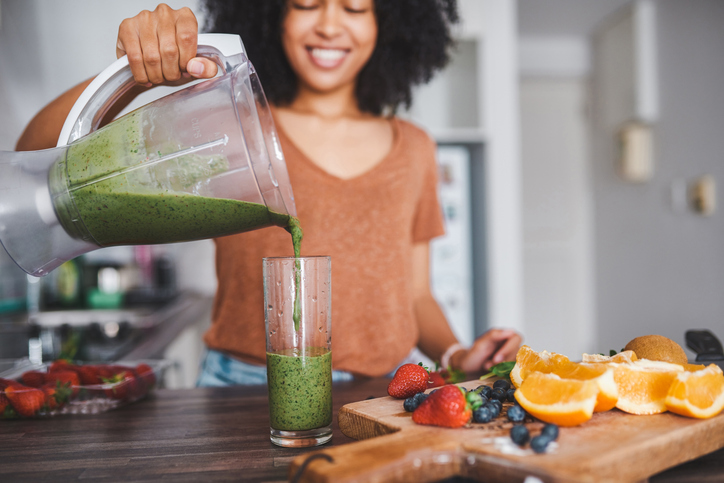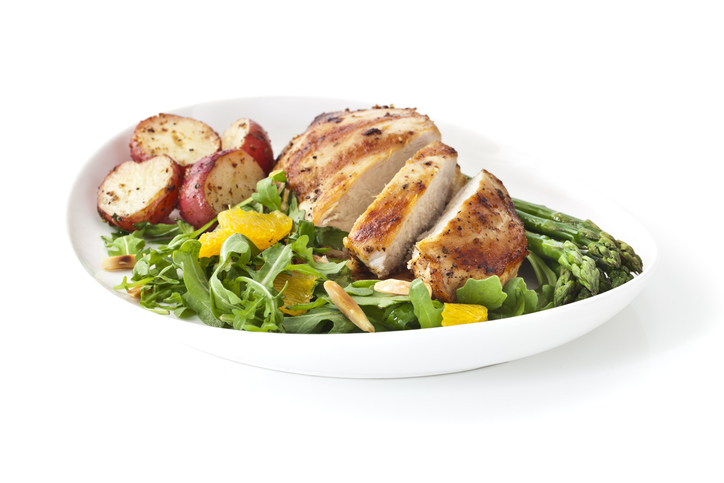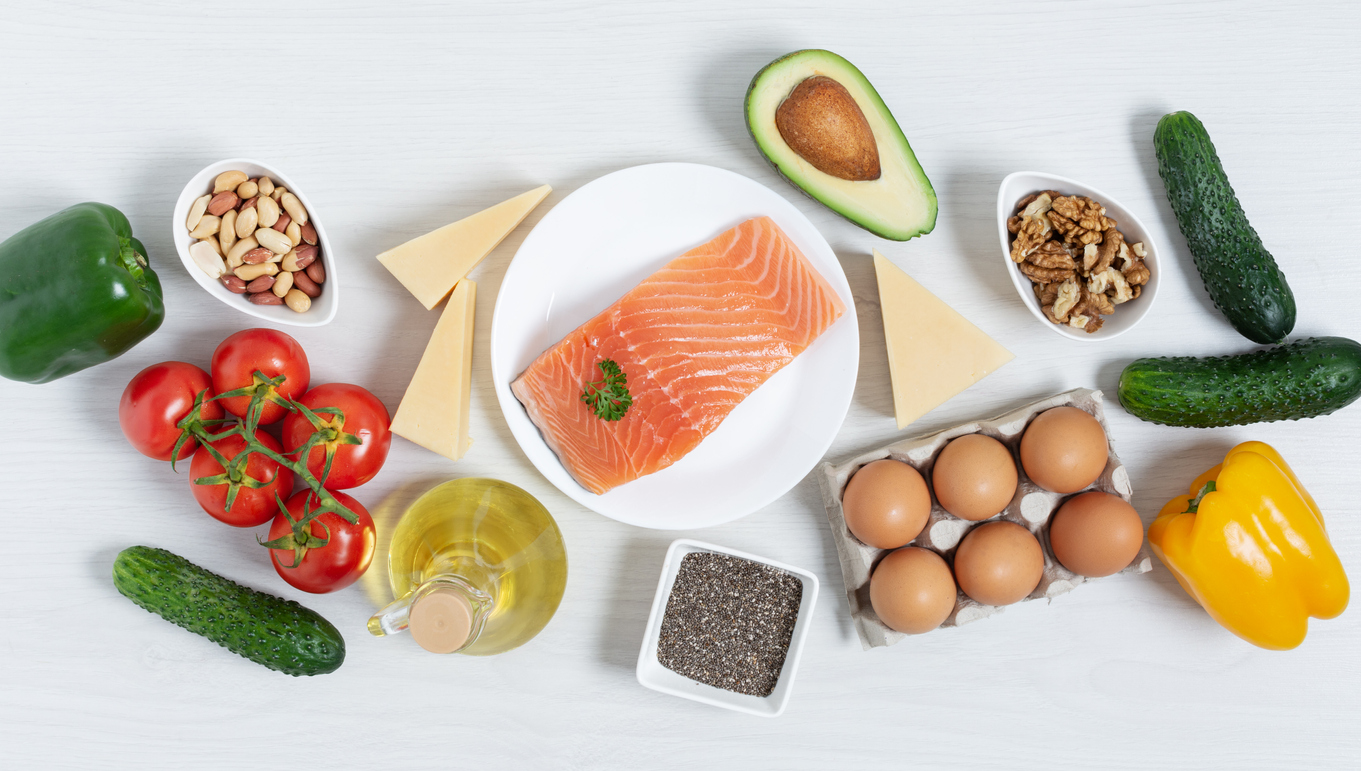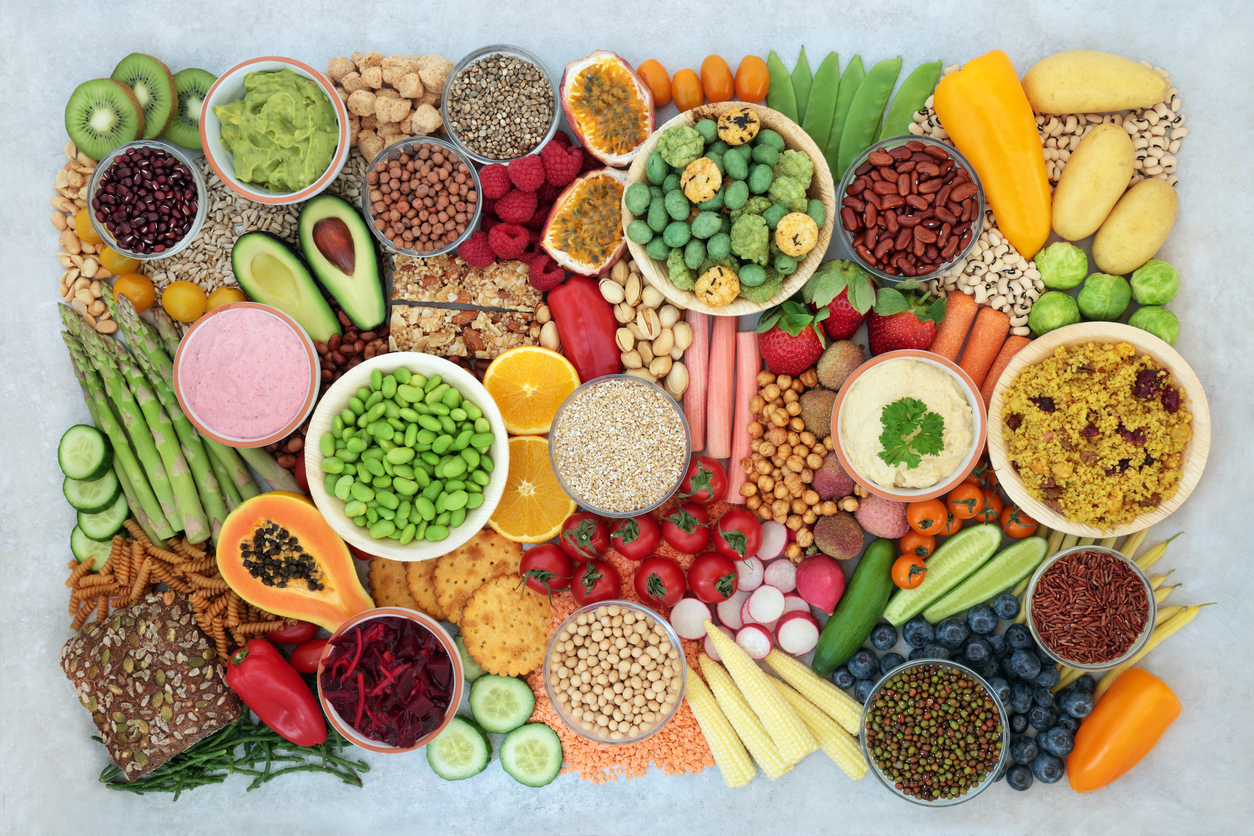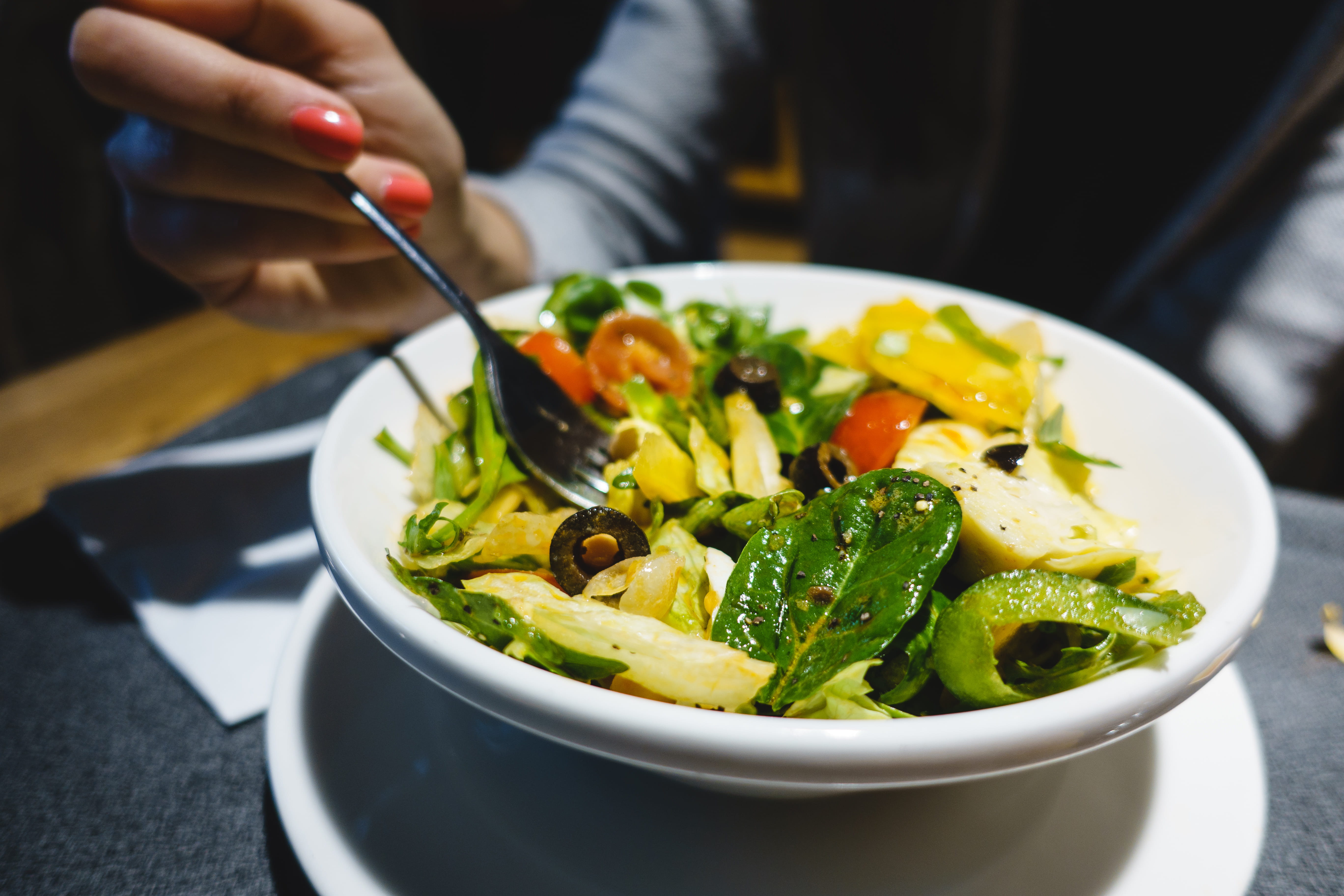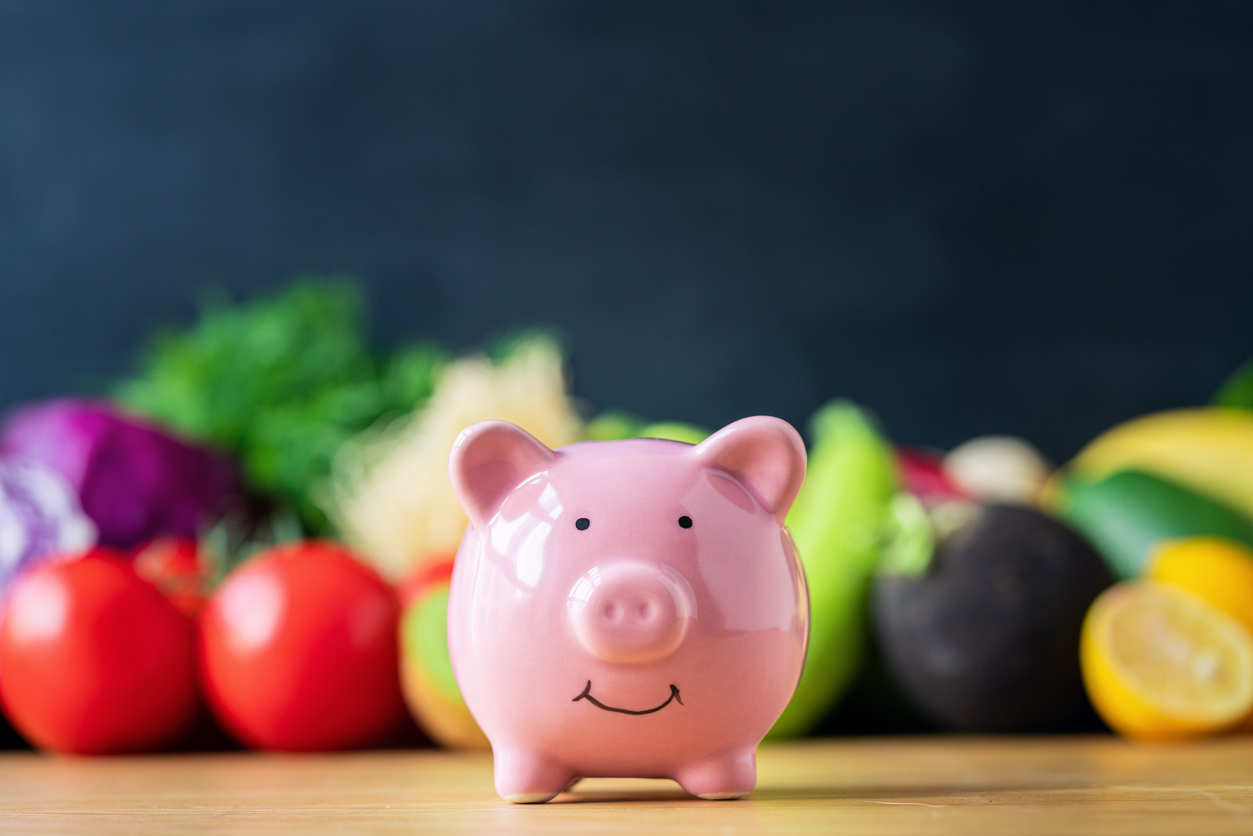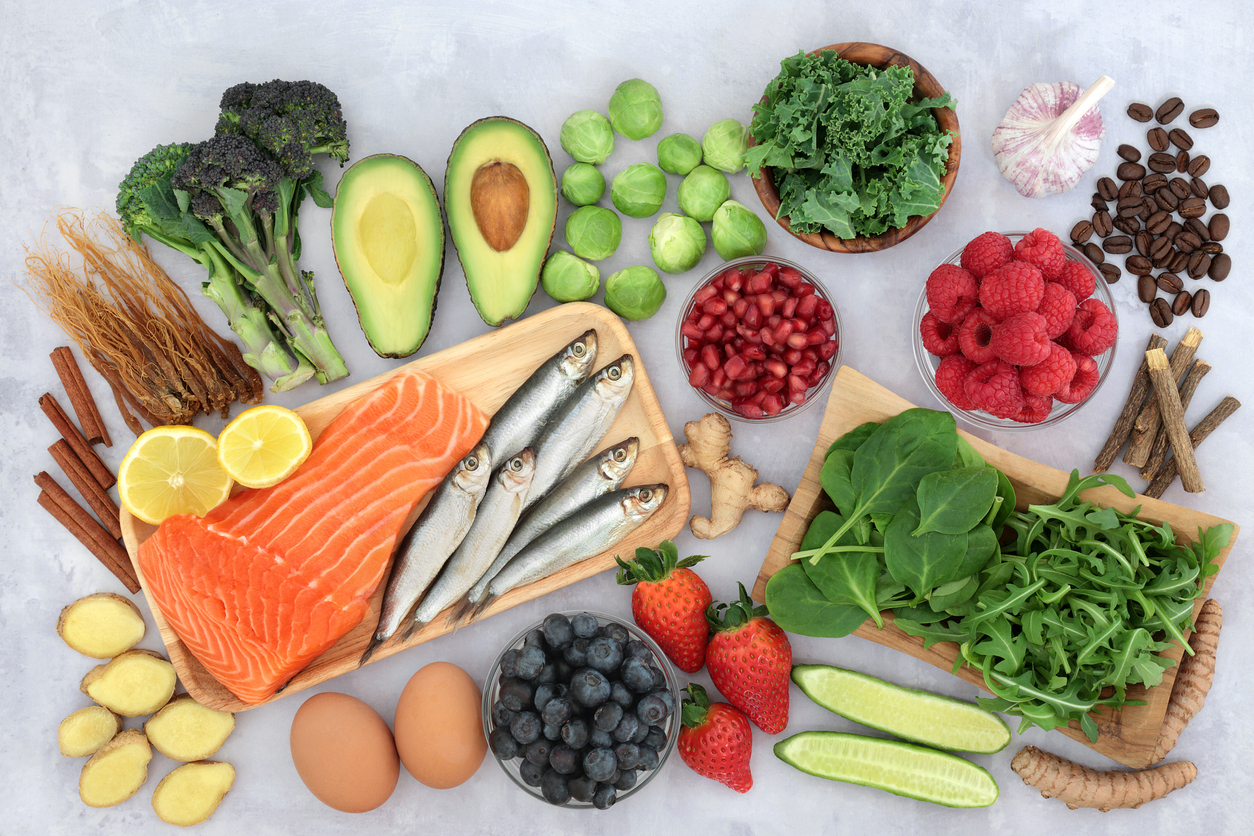Wellness
Budget-friendly Tips for Healthy Eating

While healthy eating on a budget is often tricky, it can be done. Adopting budget-friendly grocery shopping habits helps to lower the cost of a healthy diet.
Before grocery shopping
Before heading to the grocery store, plan weekly meals. Start by checking the pantry, refrigerator and freezer. Use what is already on-hand to reduce costs. Plan nutritious meals using programs such as the U.S. Department of Agriculture’s “MyPlate” plan at choosemyplate.gov. If necessary, devise a few simple meals that can be easily prepared on days when pain or fatigue is severe, or arrange to make enough servings to have leftovers. Not only do leftovers make quick and easy meals, but they also reduce the number of ingredients that need to be purchased.
Once all meals are planned, make a grocery list with only the items that will be eaten during the week. If walking is a challenge, organize the list into different sections in relation to the grocery store layout. This makes it less likely to miss items the first time around the store.
Also, be sure to eat before shopping. Hunger can lead to impulse buys, which are often costly and unhealthy.
While grocery shopping
Only buy items that are on the list. Stick to the perimeter of the store where whole foods, such as fruits, vegetables, meat, eggs, dairy and dairy alternatives, are located. When possible, purchase foods in whole forms; foods made for convenience are often highly processed and more expensive. For example, a block of cheese, which can be shredded at home, is often cheaper than a bag of shredded cheese, and whole grains, such as plain oats, are usually less expensive and healthier than processed cereals.
To reduce the cost of fruits and vegetables, shop for produce that is in season. It is typically less expensive than out-of-season produce, and it usually has the best flavor and higher levels of nutrients. Frozen fruits and vegetables are also a good choice.
Look for products on sale, and use coupons or the store’s loyalty program. Also, look for generic or store brands as they typically cost less than name brands. To determine which product is the best deal, check the unit price or the price per ounce/pound. The unit price is usually available on the shelf price sticker.
After grocery shopping
At home, wash produce and portion out serving sizes for snacking. It is less likely that food will go to waste when it is convenient to grab and go.
After preparing a meal, determine how the leftovers will be used. Leftovers can often be repurposed for things like stews, stir-fries and salads. Most leftovers can also be frozen in single-portion sizes for use at a later date or when pain or fatigue is heightened.
Using these tips before, during, and after a trip to the grocery store helps create a well-balanced diet on a budget.
